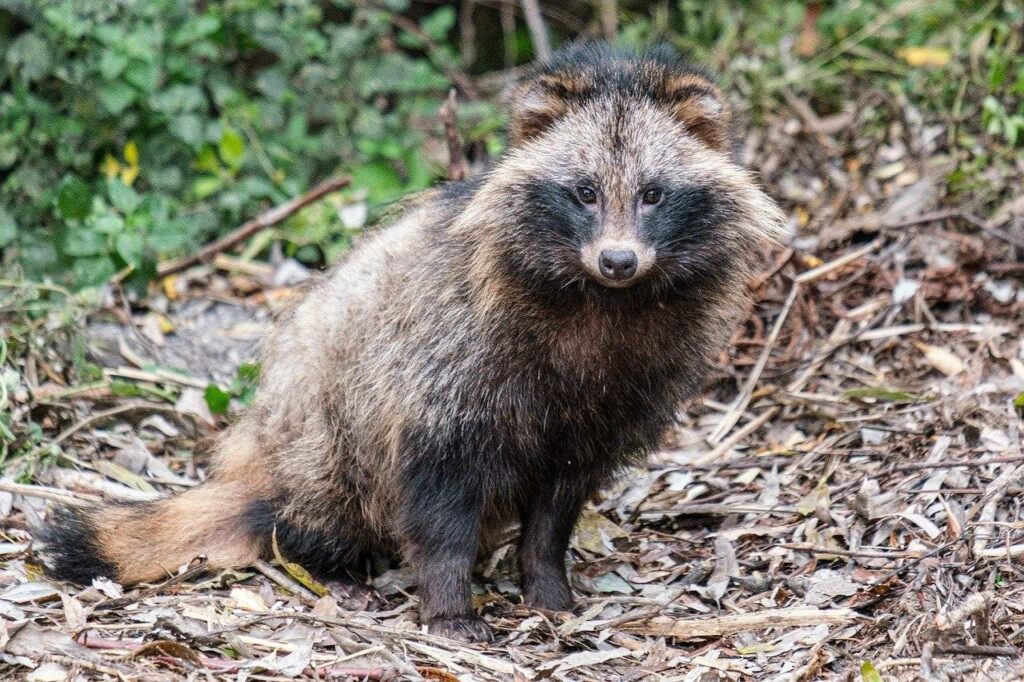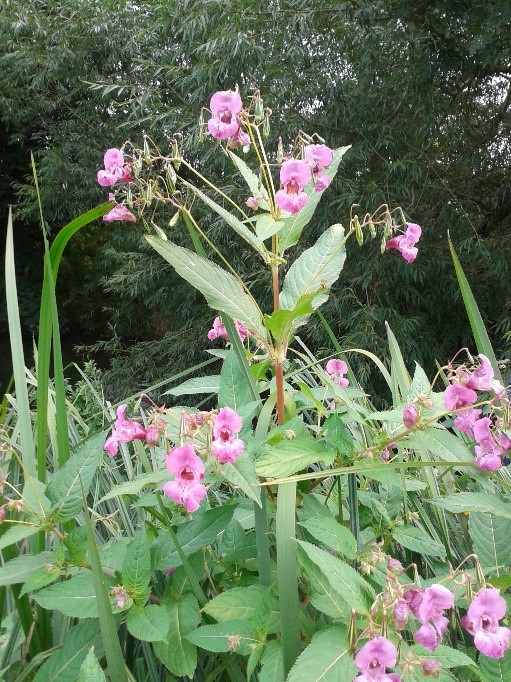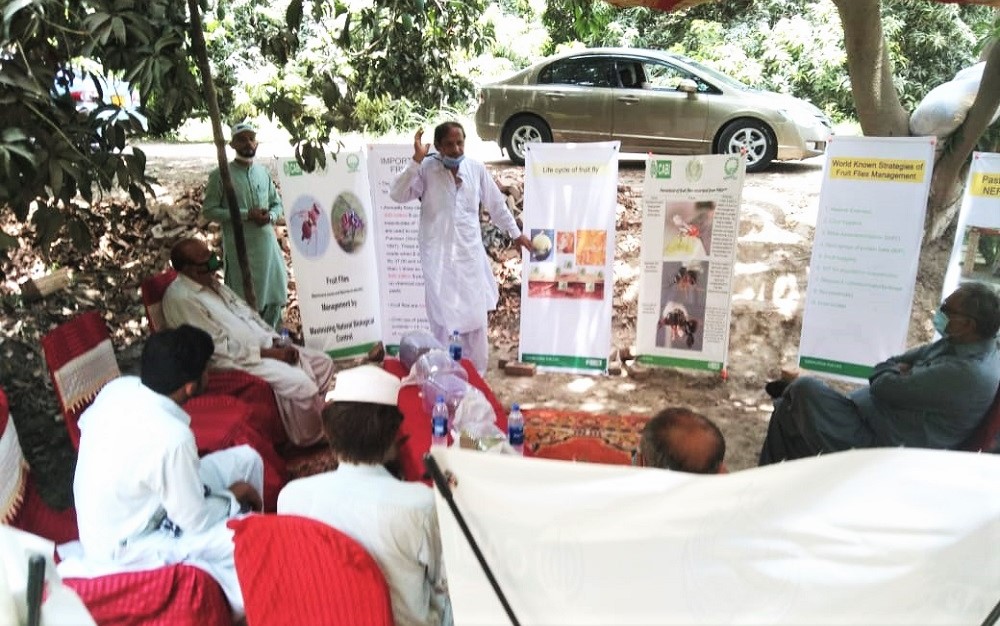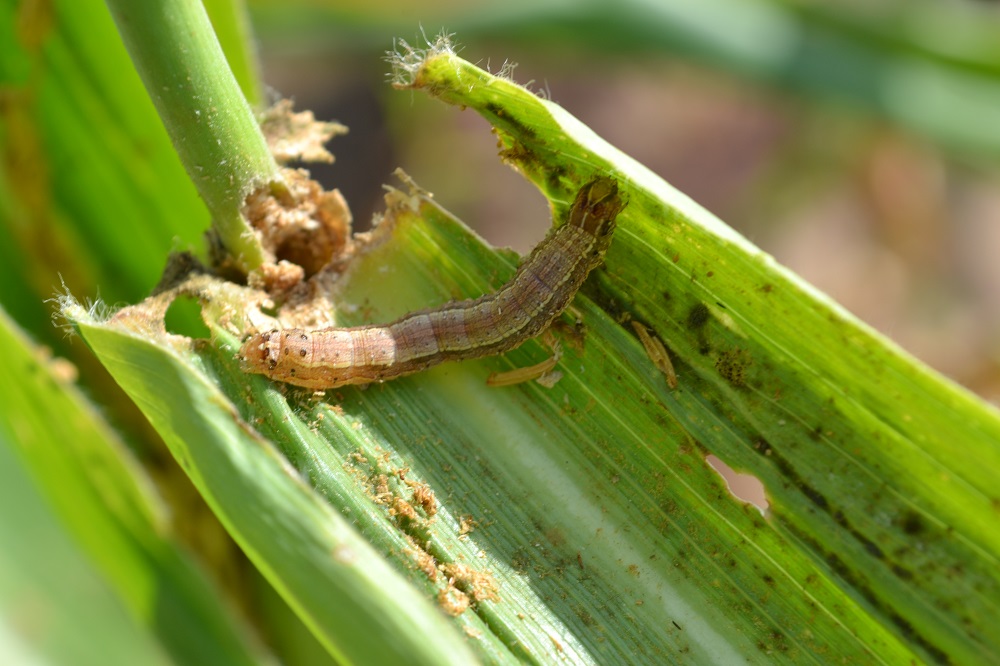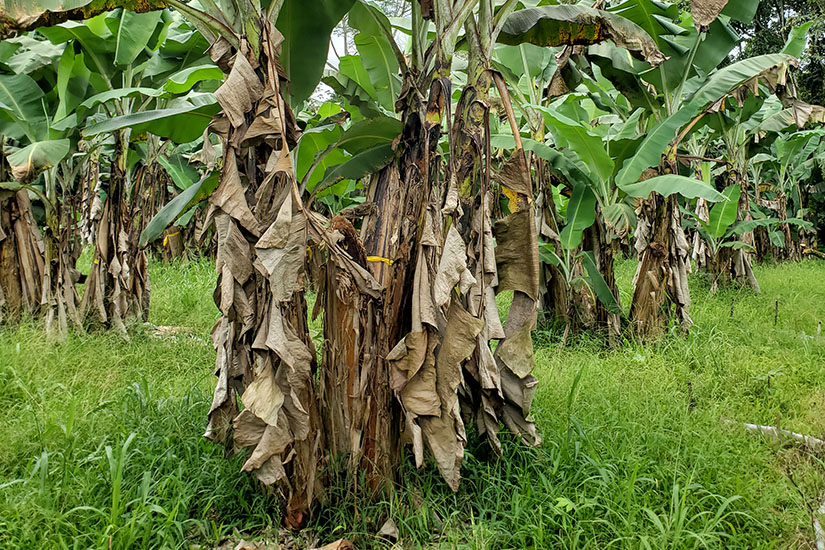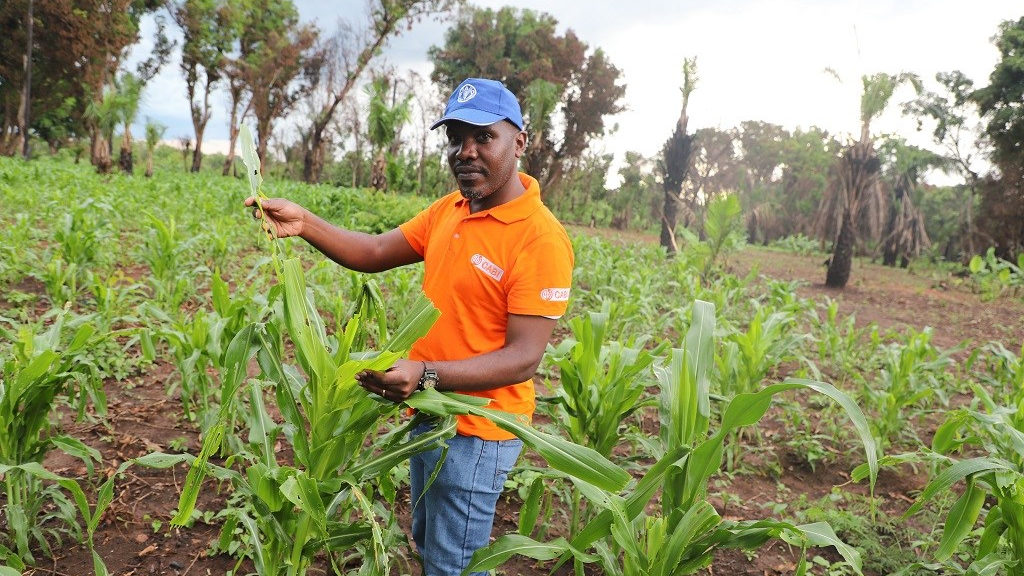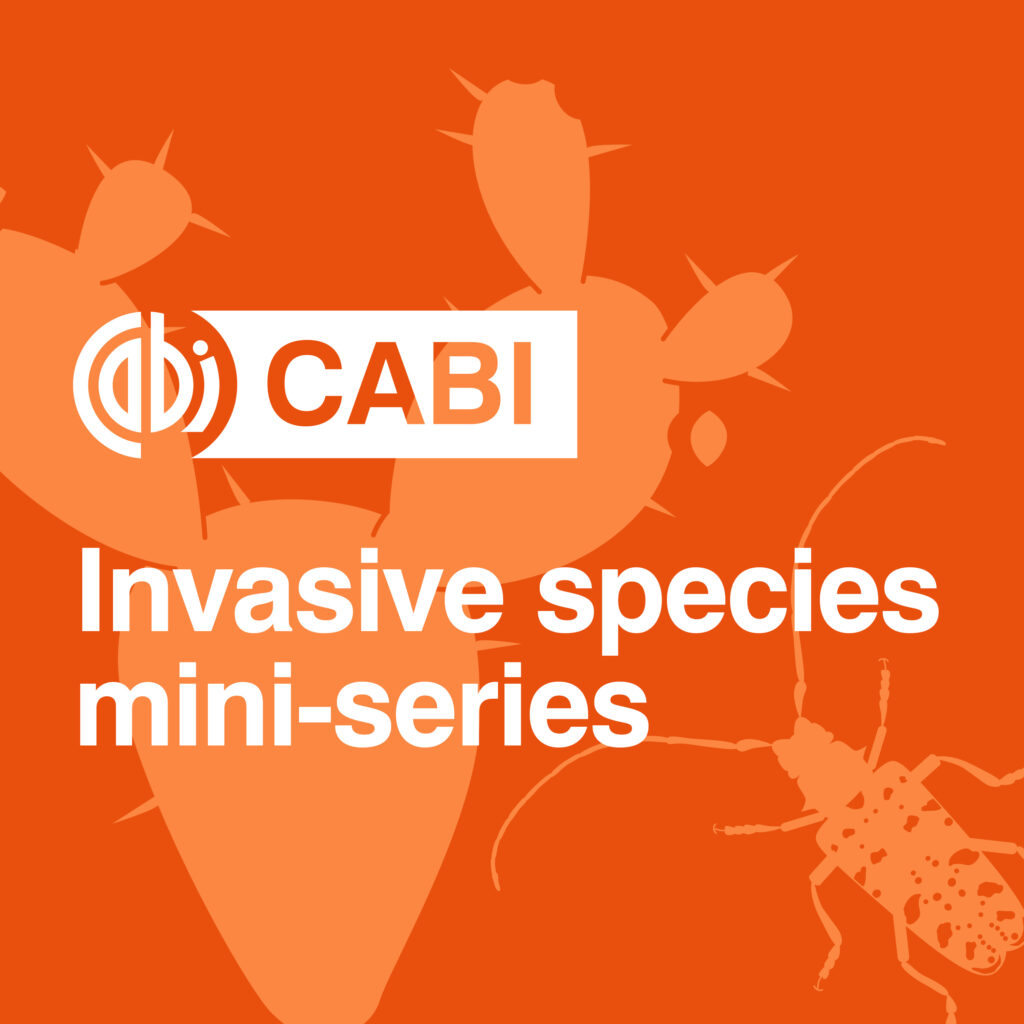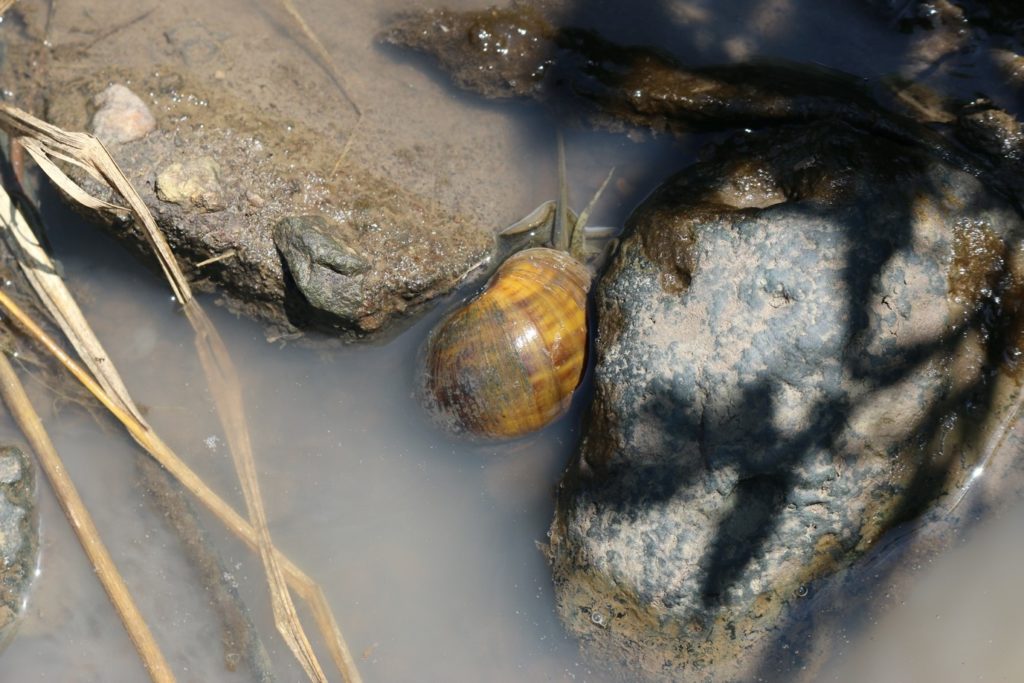Halting the spread of Himalayan balsam: a CABI interview
With its bright pink flowers and fairly common appearance in Europe, and North America, when Himalayan balsam blossoms it can grow up to two metres tall with rough, reddish stems and shiny oval-shaped leaves. As alluring as it sounds, this plant, frequently found along waterways or damp areas, is highly invasive and causes a number…
Fighting fall armyworm: a CABI interview
In 2016, fall armyworm (Spodoptera frugiperda) was found in Africa for the first time. This nefarious invasive species feeds on a vast range of plants, causing major damage. Since then, CABI has been working hard in the fight against fall armyworm, including international and national response planning, biological control research and development, mass extension and diagnostic services. As part of the CABI Podcast…
Combating desert locusts: a CABI interview
The destructive force of desert locusts and grasshoppers can devastate crops across many regions of Africa and Asia, with swarms of locusts capable of causing widespread damage to crops, severely damaging livelihoods and increasing the risk of acute food instability. CABI has been using its extensive expertise in managing invasive insects, through early action and…
CABI podcast – new series on invasive species launches
A new podcast mini-series on invasive species has been launched by CABI. Each podcast episode features CABI experts sharing their in-depth knowledge of an invasive species, including the negative economic, environmental and social impacts that they cause, and CABI’s work in helping to manage them.
CABI podcast: invasive species mini-series
Welcome to the CABI podcast. A brand-new series of four episodes dedicated to discovering more about the devastating economic, environmental and social impacts invasive species have and what we can do to manage them. Each of the four episodes focus on a different invasive species and feature CABI guest experts, who provide their scientific knowledge on the species, the harm caused by them and what CABI is doing to help try to control the species and their impacts in a safe and sustainable way.
Apple snail: The threat and potential economic impacts on East Africa
Earlier this year, scientists from CABI and the Kenya Plant Health Inspectorate Service (KEPHIS) published new research confirming that the apple snail, Pomacea canaliculata, had been discovered in Kenya for the first time. Widely considered to be one of the most invasive invertebrates of waterways and irrigation systems, the apple snail threatens Kenya’s rice production…

